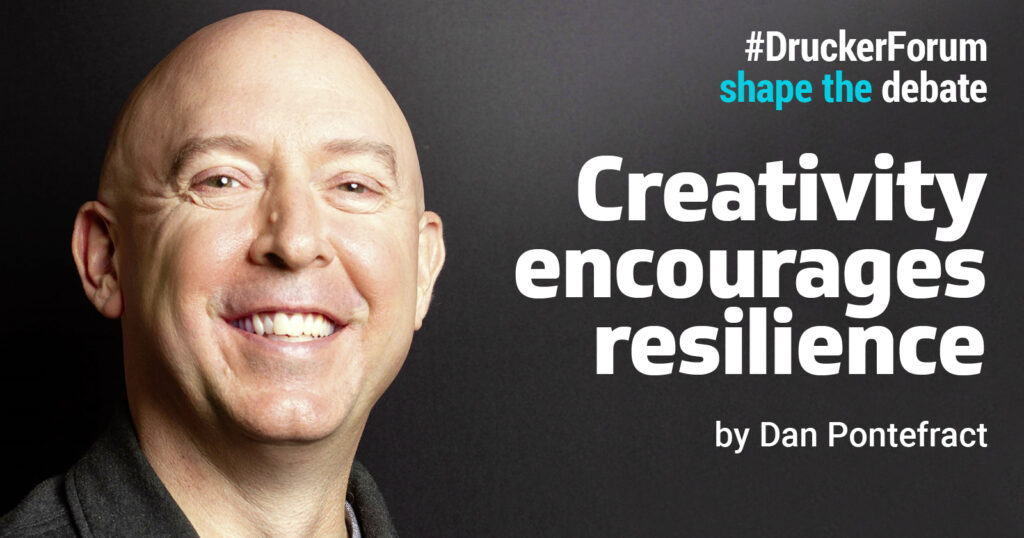
Back when we were babies, every day was an opportunity for exploration. These journeys seemed endless. At first, we explored our crib. Then, we ventured out and began to navigate the floor. Eventually, we discovered that kitchen drawers were filled with items to examine with our hands and mouths. As we began to walk, more terrains opened up to us: the velvety sand at the beach, the soft grass in the park, and the glistening snow in a field. It was continuous exploration. We felt it deeply. We were a whirlwind of cleverness, energy, and independence. We were alive and bursting with creativity.
How times change
We could do this because we had the luxury of time. Aside from the occasional nap or snack, no one demanded tasks be completed by day’s end. No superiors pressured us to “do more with less.” Overloaded schedules, pointless meetings, or looming deadlines didn’t dictate our every move. Social media was as alien to us as those curiosities we put in our mouths. The term “business as usual” didn’t apply to us. We were free to think creatively, and we embraced that freedom without hesitation.
Fast-forwarding to our adult lives, we see a tension between our innate desire to be explorers and the reality of feeling exploited. In 2016, Moshe Bar, a neuroscientist at Bar-Ilan University and a professor at Harvard Medical School, revealed that being creative is our default cognitive mode when our minds are at ease. But a challenge looms large. The research by Bar and his colleagues highlighted that a busy mind hampers creativity. To make matters worse, our lives today are filled with distractions, leading us to misuse our time rather than explore it.
When our minds are overburdened with tasks, or we have to put up with a high mental load, we consistently and quite effectively deliver something that we already know. When we become too busy, we choose the predictable. Ultimately, we dull down and desensitize our own selves. If our mental load exhausts us, any chance for increased creativity diminishes.
Furthermore, as Jennifer Mueller of the Wharton School at the University of Pennsylvania discovered in her 2017 book Creative Change, people often espouse creativity as something they want to do more of. However, when presented with the opportunity to think creatively, they end up spurning it. The balance between reflecting on our creativity and taking action has never been of greater concern.
Choosing to choose
In his 2007 book, The Opposable Mind, Roger L. Martin introduced a concept called Integrative Thinking. This approach suggests that rather than choosing between two distinct options, one can develop a new model that integrates the best of both. Martin posits that existing models shouldn’t be the sole representation of reality. Instead, contrasting models can be harnessed for their strengths. While existing models are not perfect, Roger suggests that there is always a better model, and you can find it or create it if you are patient enough. You must be comfortable getting into and out of the necessary complexity that is certain to manifest.
Of course, Integrative Thinking is very much aligned to being creative, but it also requires time. Martin observes, “Integrative Thinking produces possibilities, solutions, and new ideas. It creates a sense of limitless possibilities.” Integrative Thinkers are not either/or people; instead, they possess a both/and thinking style.
Martin released a follow-up to The Opposable Mind in 2017 titled Creating Great Choices, co-written with long-time colleague Jennifer Riel. They write, “We must redefine creativity as something each of us has the capacity to do.” Organizations that build transparent, inclusive, and collaborative spaces—and allocate the necessary time for them—allow creativity to flourish. They adapt their strategies, recognizing creativity as a shared capability.
Lessons for leaders
The lesson for any organization and leader is that culture and strategy must become integrated components if it wishes to be more creative. But we must allow more time to be explorers than being exploited. The more closed a culture is, the more likely it is to suffer from a lack of creativity. The more it chooses to forgo involving employees and other stakeholders in the creativity process—the more it prevents employees from unleashing their creative juices—the more it will focus on the short term and suffer dire consequences. In this sense, creativity encourages resilience in an organization.
Creativity demands an investment in time, both at the individual and organizational levels. “Big ideas take time” was the general motto of Bell Labs and a sublime example of instituting creativity as an organization-wide trait. Bell Labs employees were renowned for exploring their time (and creativity), delivering such Nobel Prize–winning advances as the laser beam and the transistor. Bell Labs was full of scientists and engineers. You would expect them to be explorers versus exploiters.
What are you doing to ensure creativity has the time to materialize amongst and between team members? Does an integrative thinking mindset manifest on its own?
No, of course not. It necessitates senior leaders acknowledging the intricate relationship between creativity, time, and the human desire for exploration—even within professional confines.
About the author:
Dan Pontefract is a leadership strategist and the author of Work-Life Bloom: How to Nurture a Team That Flourishes

